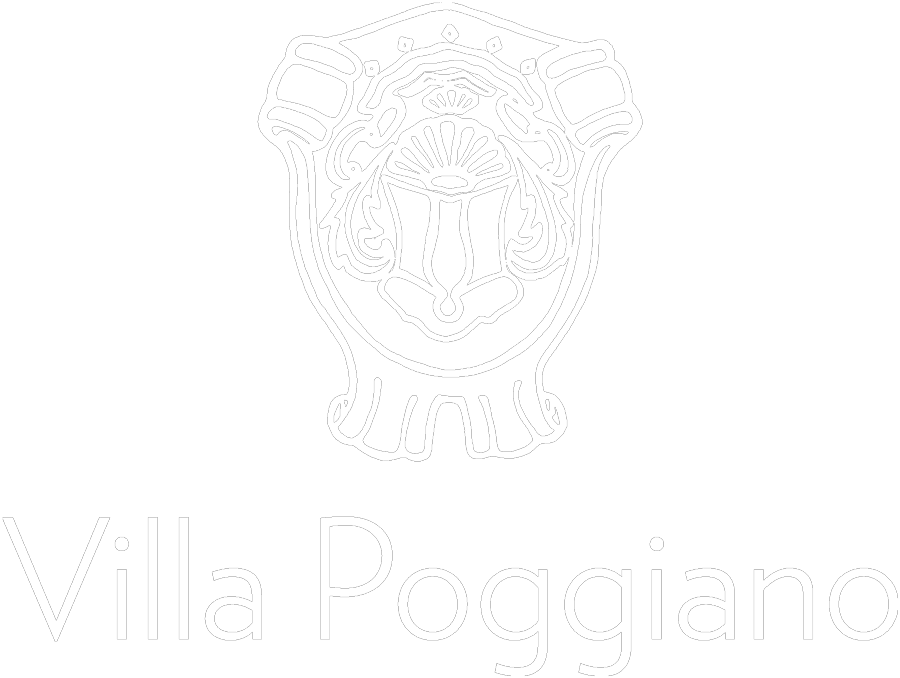Tour to Lake Trasimeno
Lake Trasimeno is located in the green heart of Umbria, amidst beds of reeds and charming white water lilies. It’s a true natural paradise, home to wild ducks, cormorants, kites and kingfishers. Beyond the downward slope, gentle hills form the backdrop to the lake, along with scattered woods, and sunflower and corn fields, vineyards and olive groves. Agriculture here is still carried on following traditional techniques.
Several town are located on Lake Trasimeno. Some of them are directly on the lake while others are nearby but nonetheless affected by the charm and attraction of this body of water. For example, Castiglione del Lago is located on a limestone promontory above the ruins of several Etruscan tombs. The castle can also be admired from here, as well as the medieval walls of the Palazzo Ducale, which is connected by a local pathway to the Rocca del Leone fortress, one of the most important examples of Umbrian military architecture.The narrowest alley in all of Italy is situated in Città della Pieve, a peaceful and characteristics medieval village once also inhabited by the Etruscans and Romans.
The birthplace of artist Pietro Vannucci (also known as the Perugino), this town is home to several of the artist’s works, including his Madonna with Child, which is kept in the cathedral of SS. Gervasio e Protasio, and his magnificent fresco Adoration of the Wise Men in Palazzo della Corgna, a marvellous, exclusive residence.
The small town of Panicale, which is just a short distance from Città della Pieve, is home to two of Perugino’s frescoes: Martyrdom of St. Sebastian and Madonna in Glory, which are in the 15th-century Church of San Sebastiano. Take a boat from the medieval village of Passignano site of the 14th-century Ponente tower, to reach Maggiore Island (which is still inhabited). This magnificent place, with a fishing village dating back to the 15th century, is also the location of the Romanesque church of San Salvatore (12th century), the church of San Michele Arcangelo (14th century) and Villa Isabella of the Marquis of Guglielmi. Isola Maggiore can also be reached from Tuoro sul Trasimeno, an ancient Etruscan city that became well-known as the ground for the decisive stages of the battle between Hannibal and Caio Flaminio.
Renaissance Palazzo Capra was erected on the tomb of the Roman commander. The largest island on the lake (there are 3) is Polvese, which is not inhabited and is used as a public park. It is also the location of the S. Secondo monastery, the Church of San Giuliano and a 14th-Century castle which was recently restored. About 10 km from Passignano is the small town of Castel Rigone, where one of the most significant architectural masterpieces of the Umbrian Renaissance is located: the Sanctuary of Maria Santissima dei Miracoli. Not far from here is Magione, a village dominated by the majestic castle of the Knights of Malta and renowned for the production of embossed wrought iron.
LOCAL PRODUCTS
Food and Wine
Eenthusiasts of good traditional food are in the right place. Flavoured with the fine oil from the Trasimeno hills, fish stock should be tasted, along with rice in a white sauce made with perch fillets and eel. It’s no coincidence that the festival of fish held in September attracts many tourists. The largest frying pan in the world is used on this occasion, and can fry up to 2 tons of fish per hour.
We point out the following typical products: Pieve del Vescovo and Colli del Trasimeno quality olive oil and wine, Grechetto wine, Vin Santo dessert wine, Vino Novello (young wine), cheese and honey. Finally, visitors should try the typical fagiolina del Trasimeno (a kind of bean), which is recognized by the Slow Food Association, the sweet torciglione dessert and saffron.
Handicrafts
Craftsmanship is still very strong in this area. The entire world is familiar with lace from Maggiore Island and pottery and iron & copper objects from the Trasimeno Lake area.









